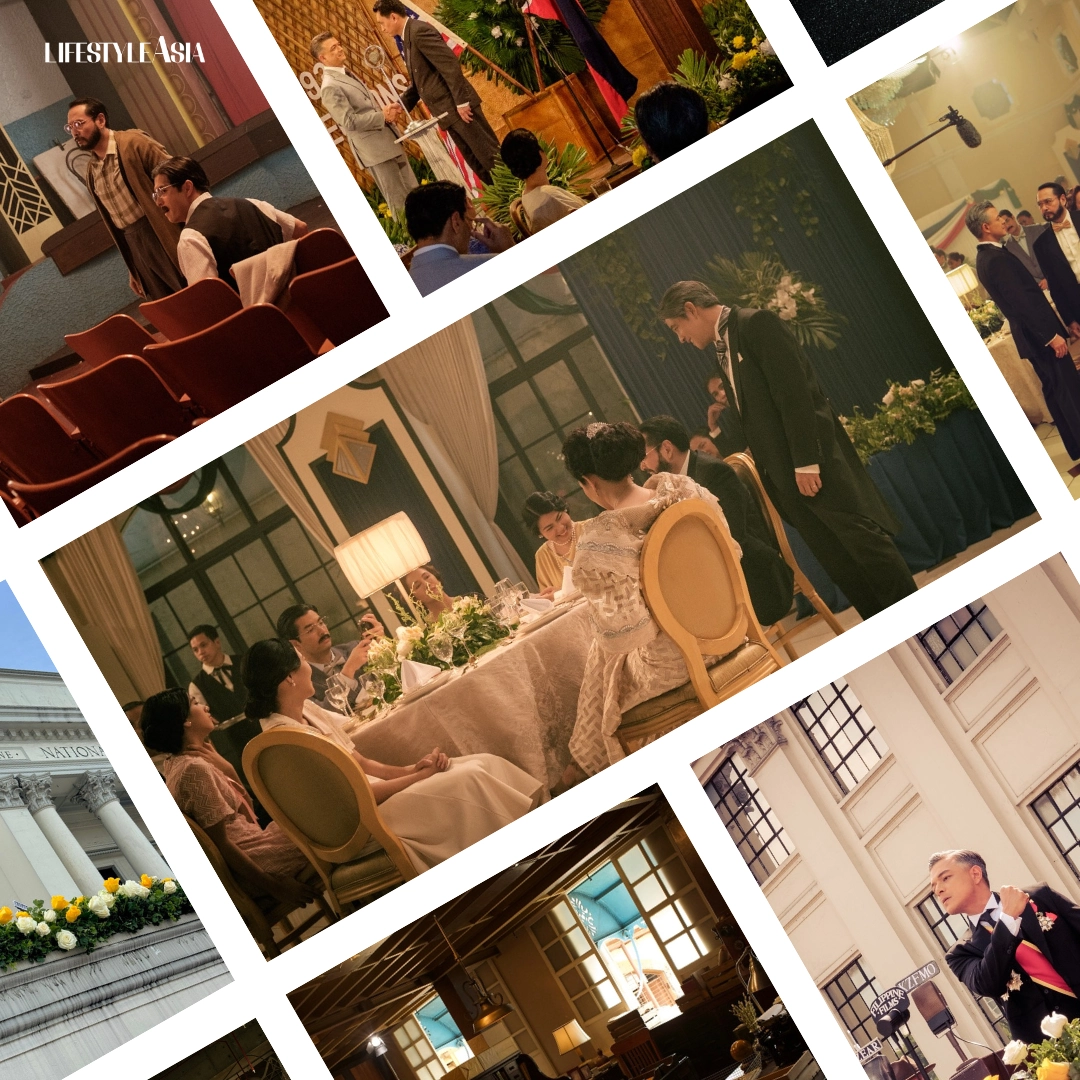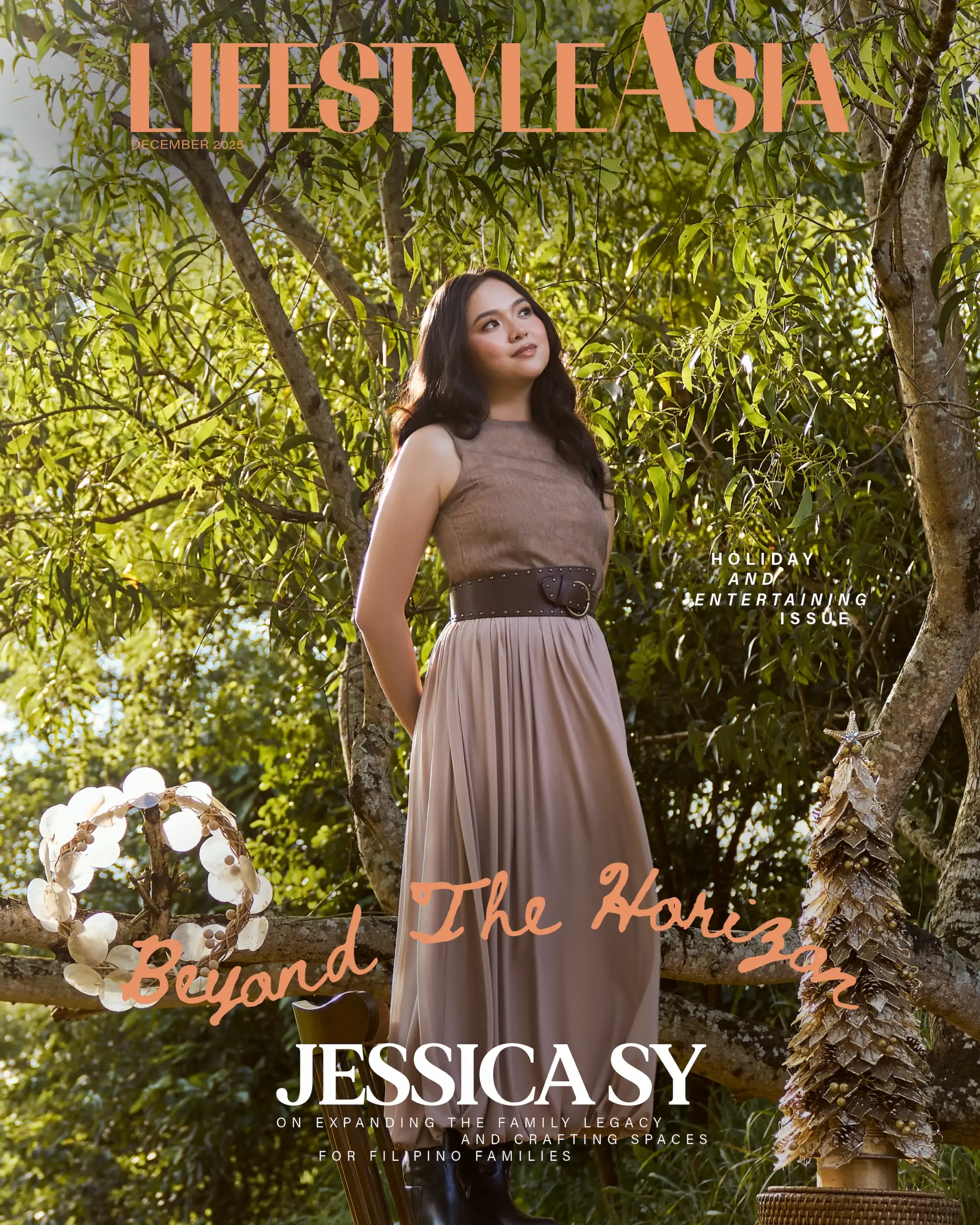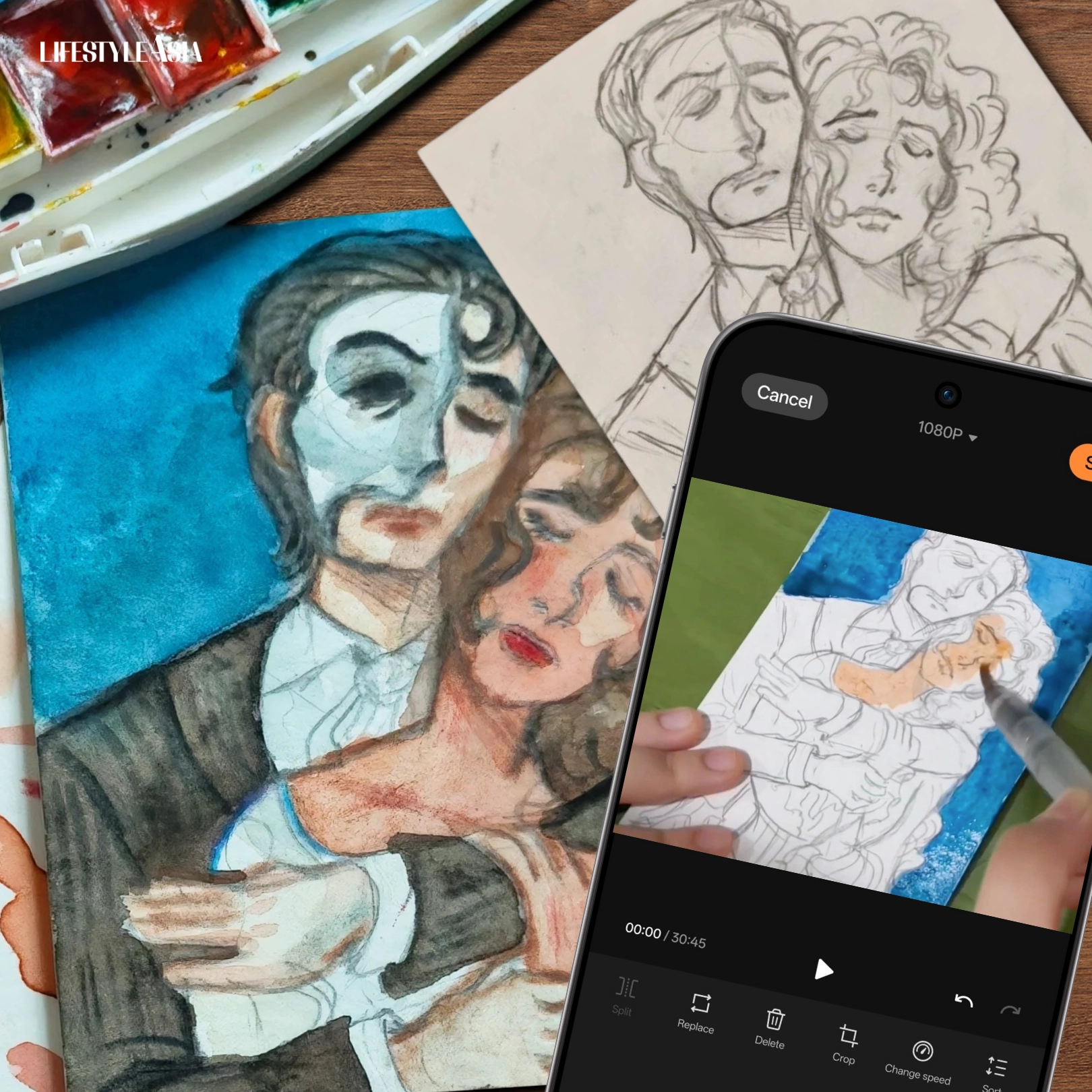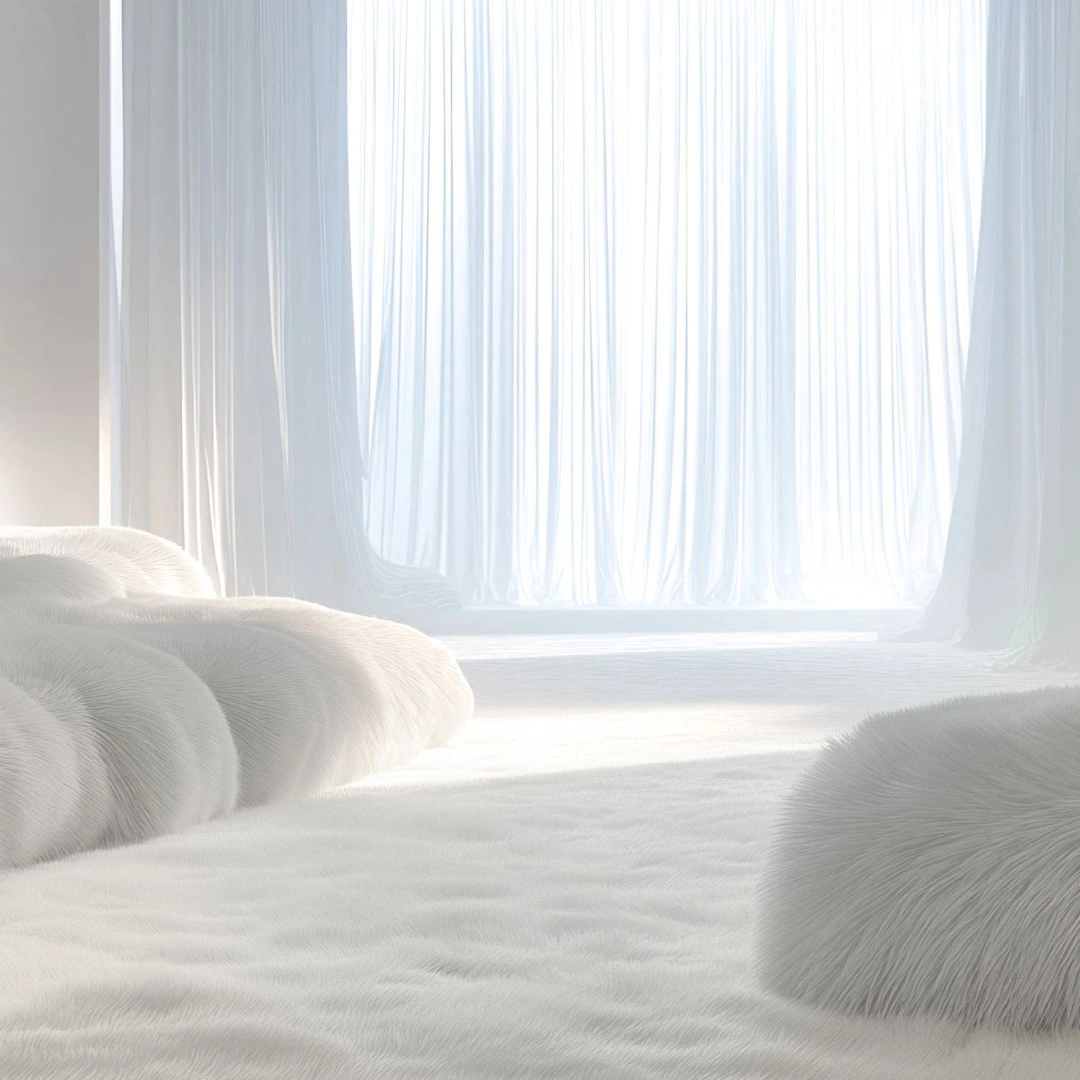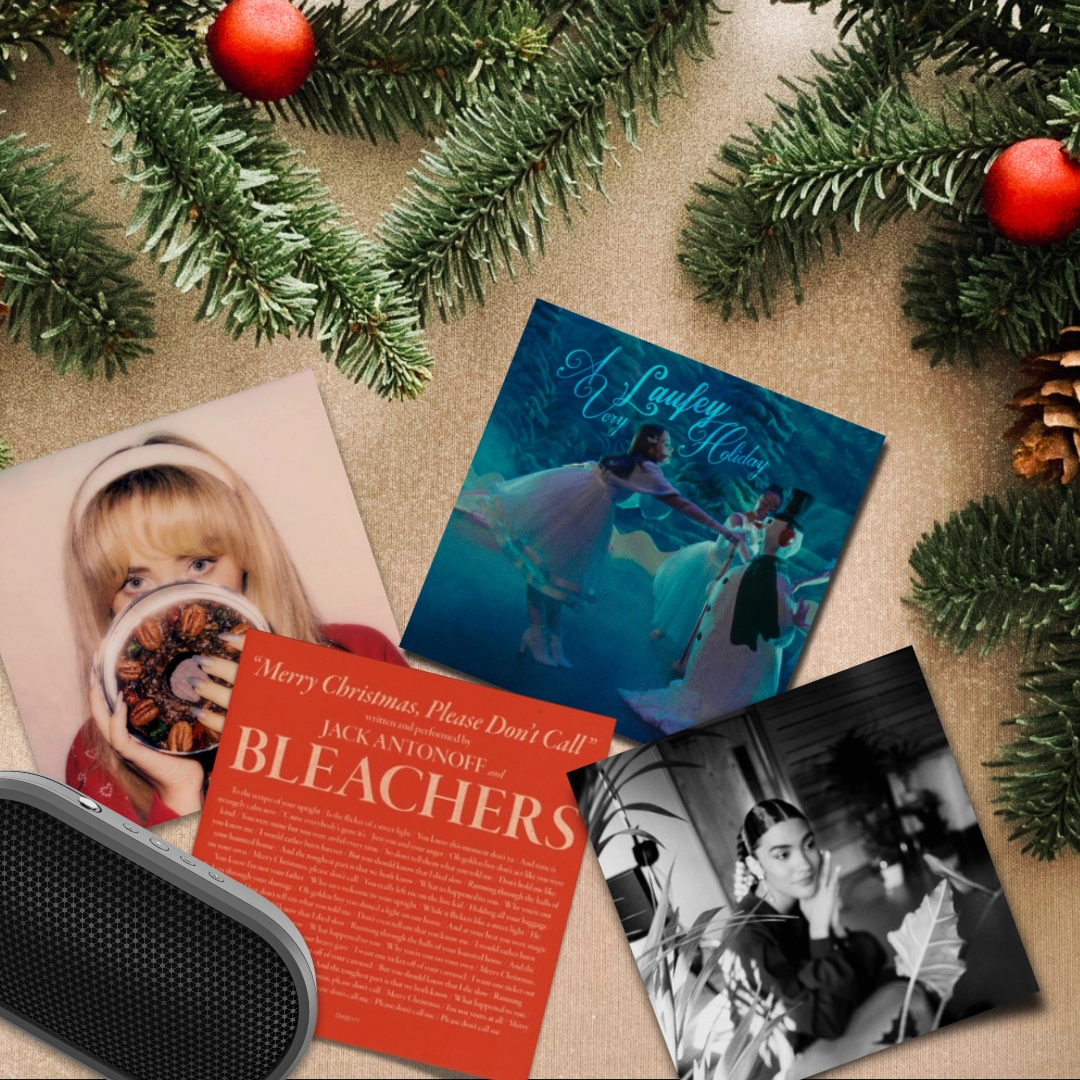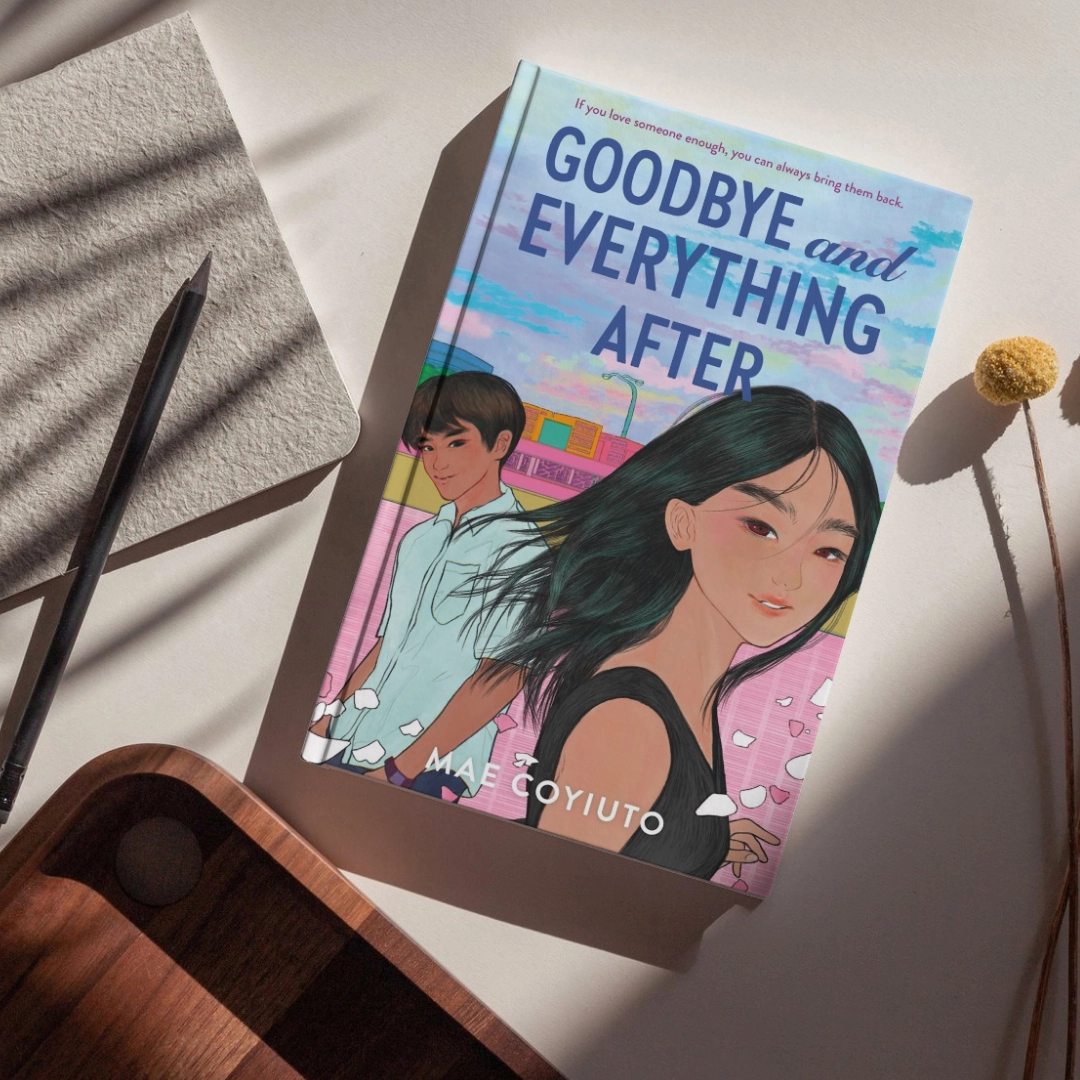Lifestyle Asia speaks with production designer Monica Sebial on how TBA Studios’ latest film brings a pivotal chapter of Philippine history to life.
Crafting a believable world lies at the heart of every great historical drama. Suddenly, the details we often overlook—fabrics, architecture, light, even the way a room breathes—take center stage. Costumes and sets become integral story devices, grounding the audience in a past that feels vividly alive. Behind this intricate orchestration is a conductor who bends time itself, weaving material and memory into atmosphere and narrative. For TBA Studios’s highly anticipated Quezon biopic, that conductor is production designer Monica Sebial.
Lifestyle Asia sat down with Monica to explore how she transports audiences to the glittering yet bustling world of the Commonwealth era, when former president Manuel L. Quezon’s vision for the nation took shape.
READ ALSO: José Rizal’s Descendants On Keeping His Stories Alive For The Next Generation
Monica Sebial On Building The World Of Quezon
First off, what were you most excited about when it came to recreating this particular period in Philippine history, especially since the Commonwealth Era is known to be a kind of opulent, golden period in terms of Philippine design?
Monica: It’s so exciting because, you know, pre-war Philippines is so beautiful. I mean, there’s a reason why Manila was called the “Paris of Asia,” right? It was gorgeous. So very excited to jump on board with that. I’ve been working on this series since Heneral Luna and Goyo—those two films took place in the 1890s, 1898, and 1899.
So for the longest time, I was stuck in that world, or at least, I memorized that world. So jumping into this new era, 30 years later, it was so exciting. I was telling my team, ‘Oh my god, we’re moving from gaseras [a traditional gas or kerosene lamp] to electric lighting. We now have automobiles! No more wooden barrels, we have metal drums now. [laughs] Because it’s such a new era, we had so many new elements to play around with while still being anchored in the story, since Quezon appeared in the past films—this time it felt both familiar and different.
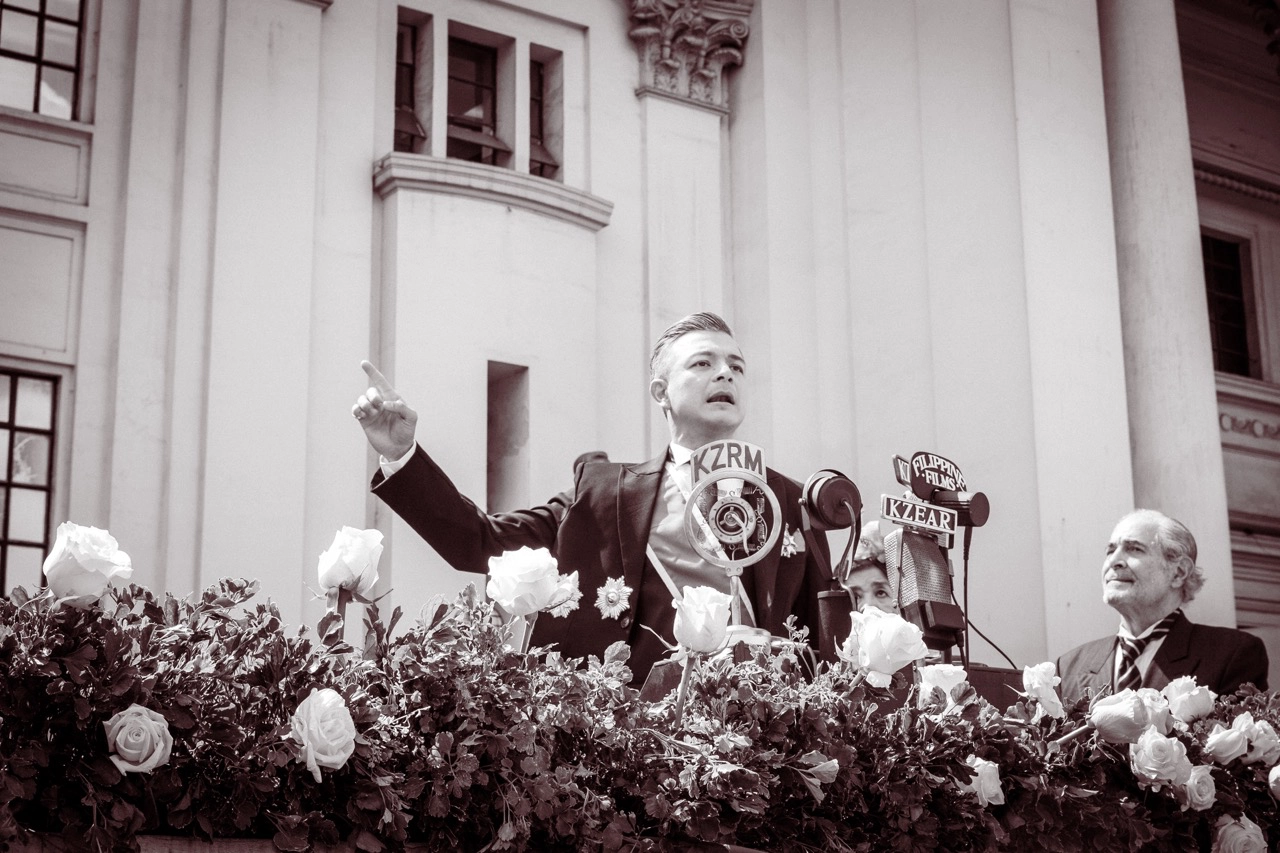
Could you walk us through your usual research process?
Monica: I did my usual process, which is basing everything from the script, pinpointing the key scenes I needed to focus on, especially since I needed to focus more on researching them.
But I think I had an extra difficult time with this because our film spans the 1920s to the 1930s. There’s so much research on it. There are so many written documents—even photos. For a time, I had to pause for a week and refresh my mind, because it was an information overload. I was grateful for it, but at the same time, burdened by it. If I make a mistake, a lot of people would know, because they would have seen that research, too.
So there was a lot of pressure, but we don’t have all the budget or time in the world, so there came a point where I had to decide ‘Nope, it has to be this way—if I make a mistake, it’s okay. For as long as I make sure that whatever design decision I make is founded on something I read or research about.’
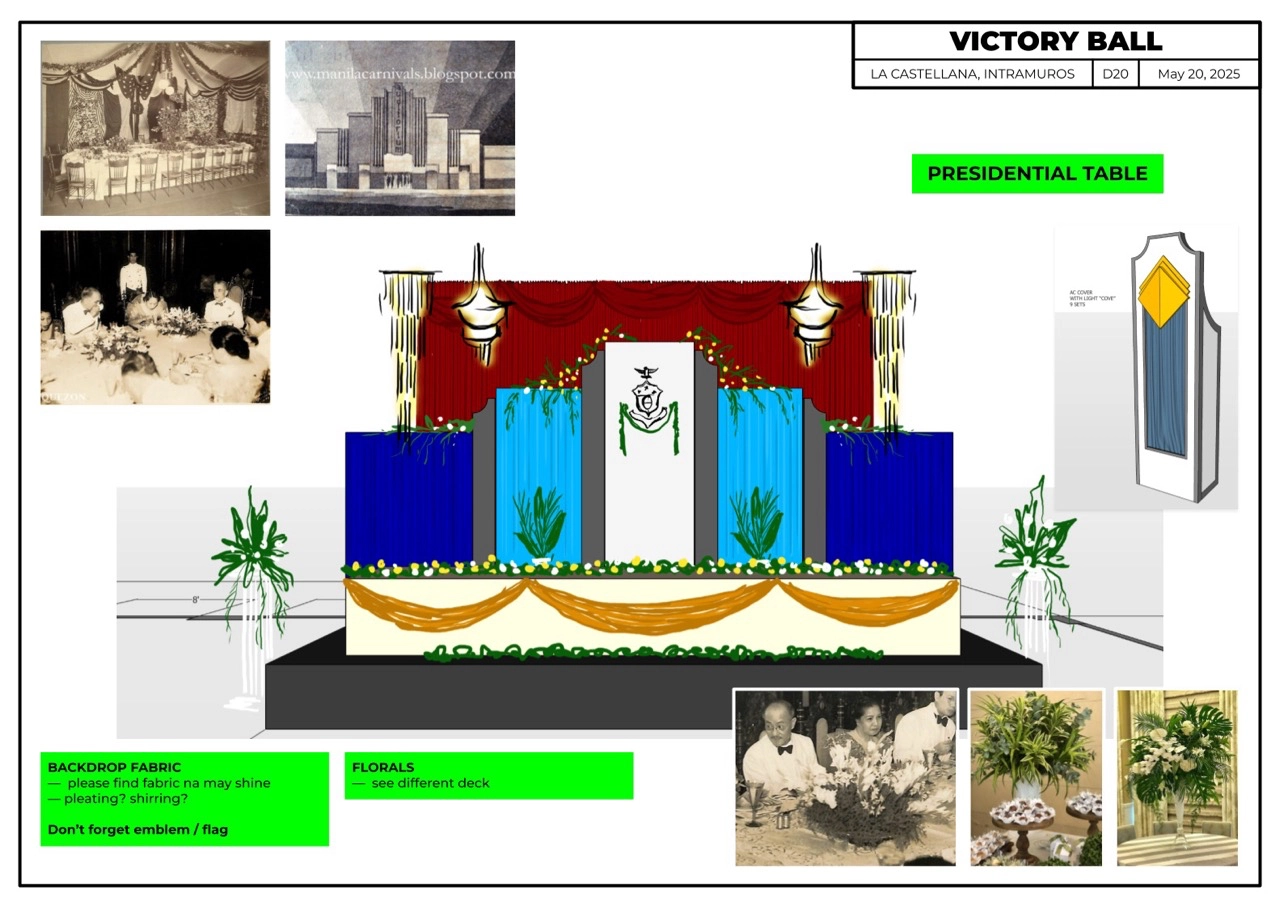
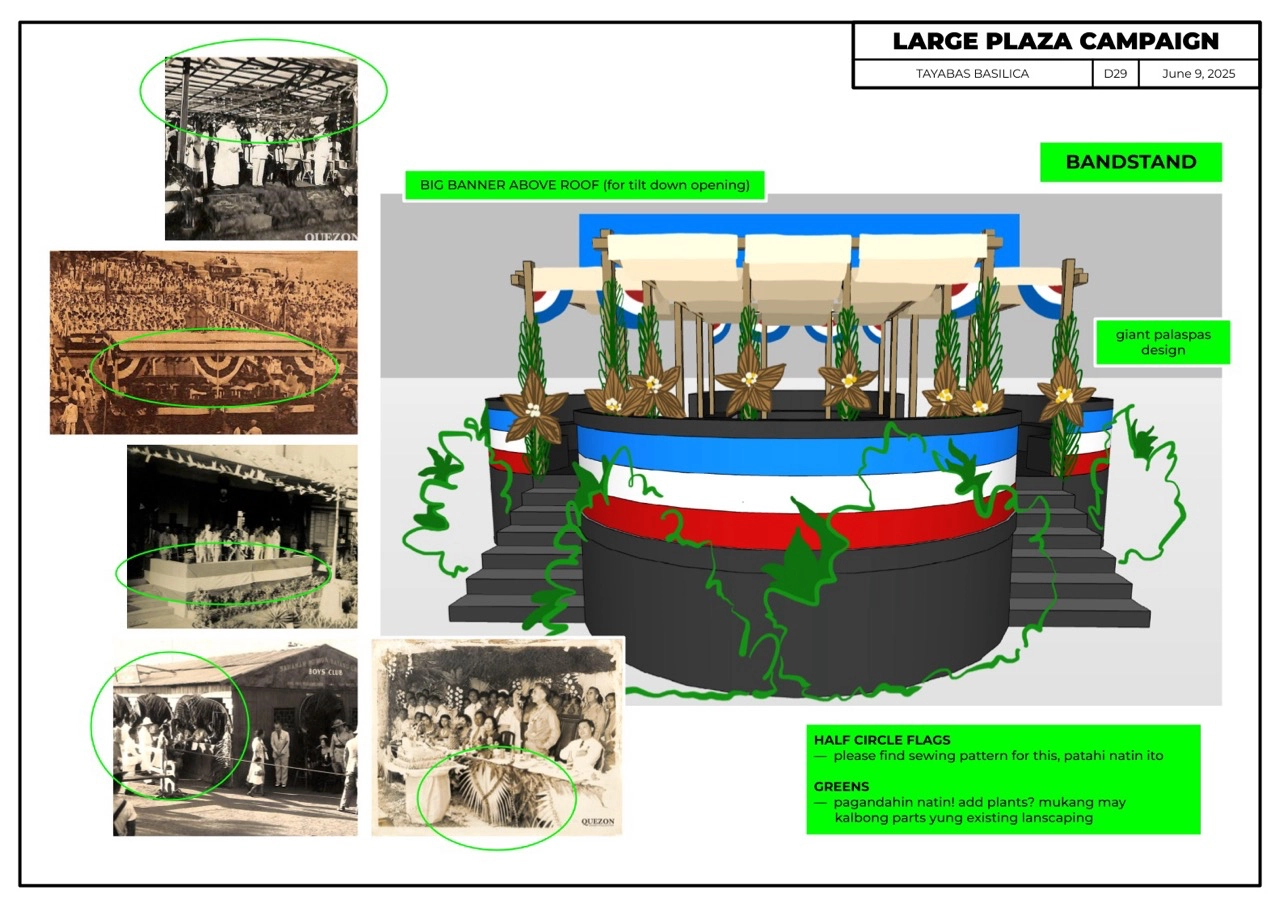
What are the particular design elements that stuck out to you during the process, or what do you think are the defining elements of that era’s aesthetic sensibilities?
Monica: I made a list of, I guess you can call them “must-haves,” for the sets. I wanted to make sure that we had some elements no matter what, that we didn’t skip them. Based on that list, a lot of them involved lighting and detailed furniture, because I wanted to show the opulence and the technology. Given the limitations, I had to focus on those two because I thought they would help the most in bringing that period to life.
I wish it were the walls [of houses and buildings] though, because we have a lot of interiors in this film. Going through reference photos, the rooms [during that time] had very, very intricate wall treatments or wallpapers. But we couldn’t do that for the film, sadly, because we couldn’t really build sets from scratch—these weren’t studio sets. We had to make use of existing locations, and a lot of these locations don’t allow things to be put on walls. There was even one house where we couldn’t hang paintings. Thankfully, the home’s walls were textured enough, so we made it work. But there are some things that I just had to let go of.
In these cases, I think acceptance is the key. You have to accept what you have to work with, and that’s when the ideas come in. It’s definitely a hard but rewarding process.
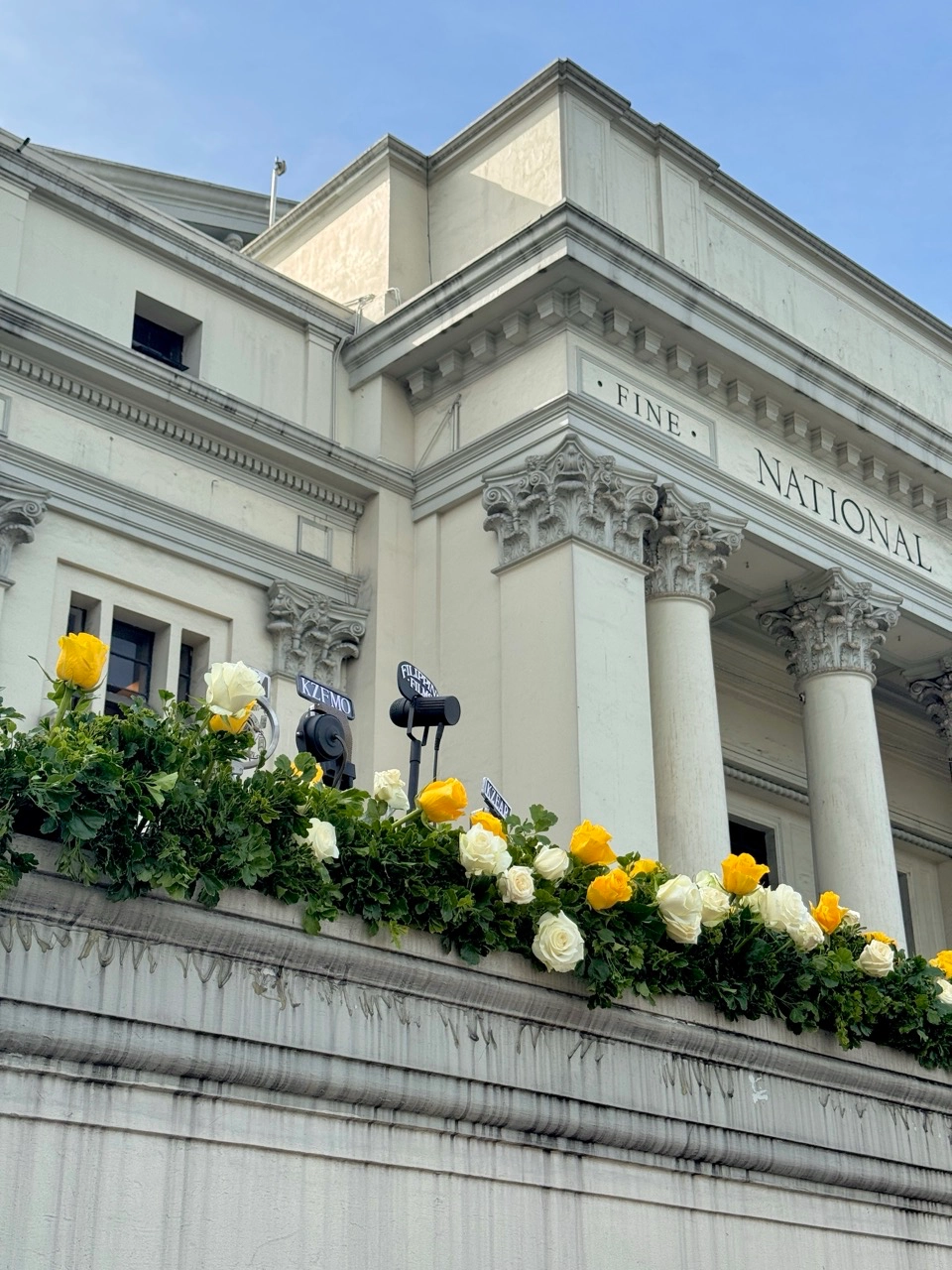
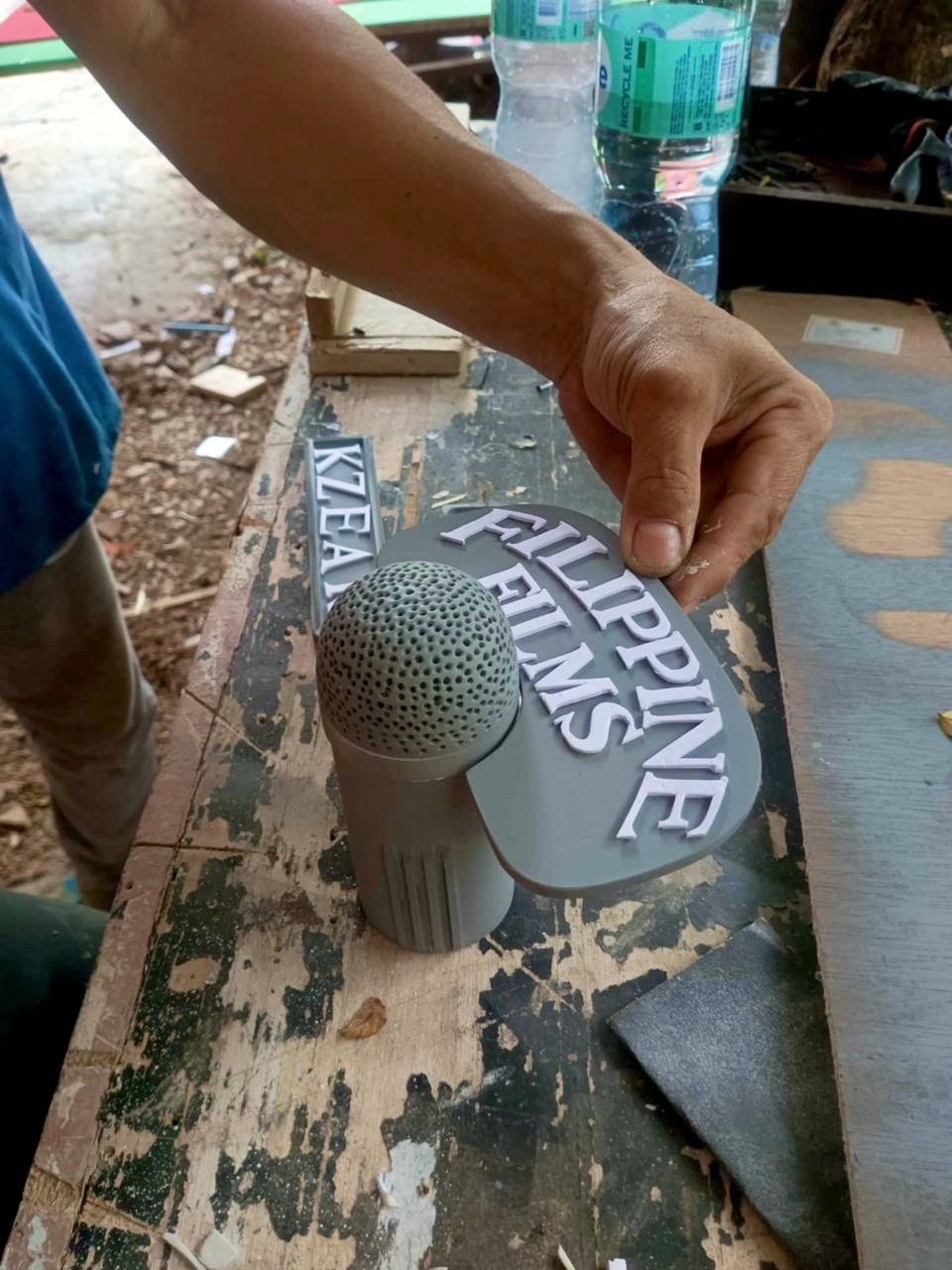
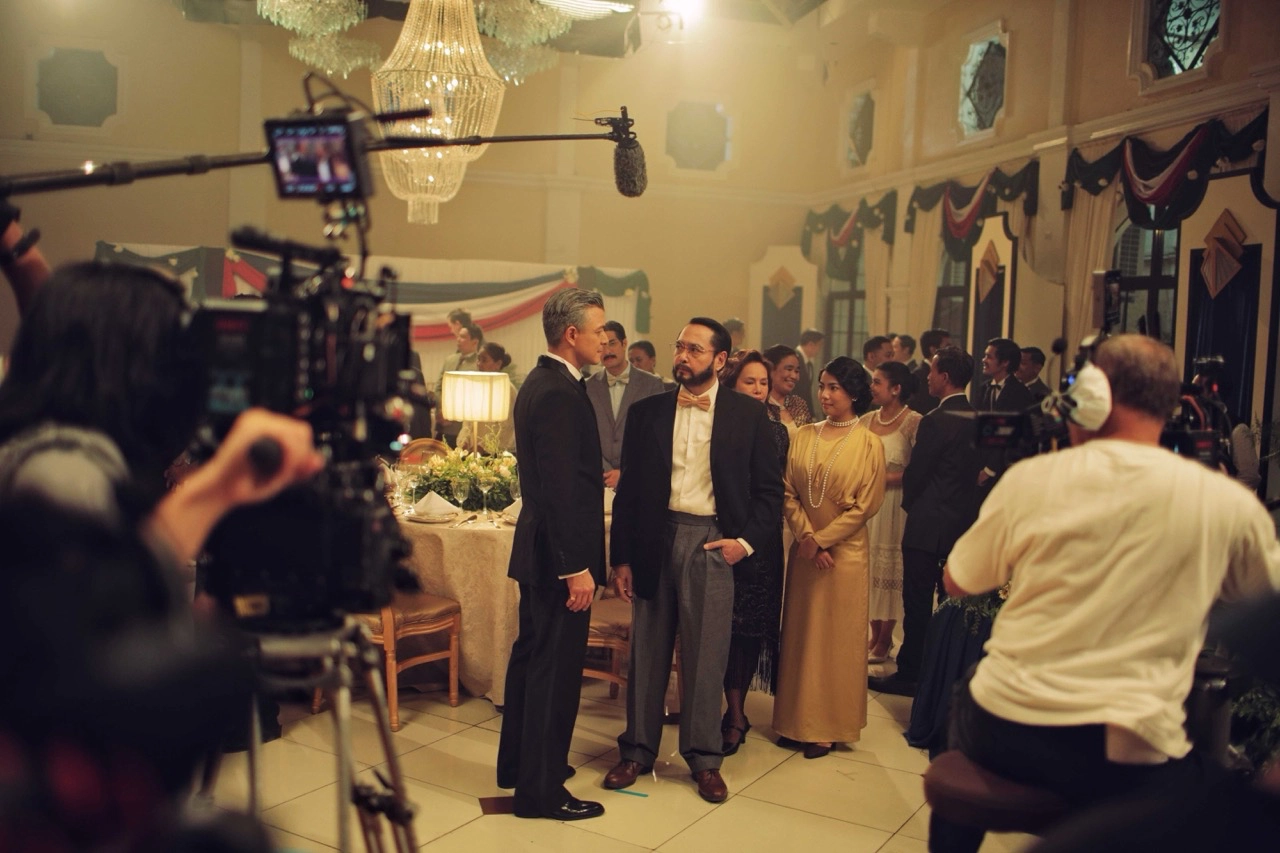
Quezon and his wife Aurora were known for their gracious hosting and active social life—this meant a lot of parties or gatherings. Does this part of his story play a prominent role in the film and its designs?
Monica: We didn’t really get to shoot a lot of the party hosting or dinner setups, but we do have a big party scene. It’s a big scene, and it was really difficult to work on—I guess because it was the sole big party, and as you said, Quezon and Aurora were known to host these beautiful parties. There was a lot of pressure in making sure it was up to par with the descriptions that we read and the photos we saw. [laughs] It was quite stressful. I cry remembering it, but I think we did a pretty good job.
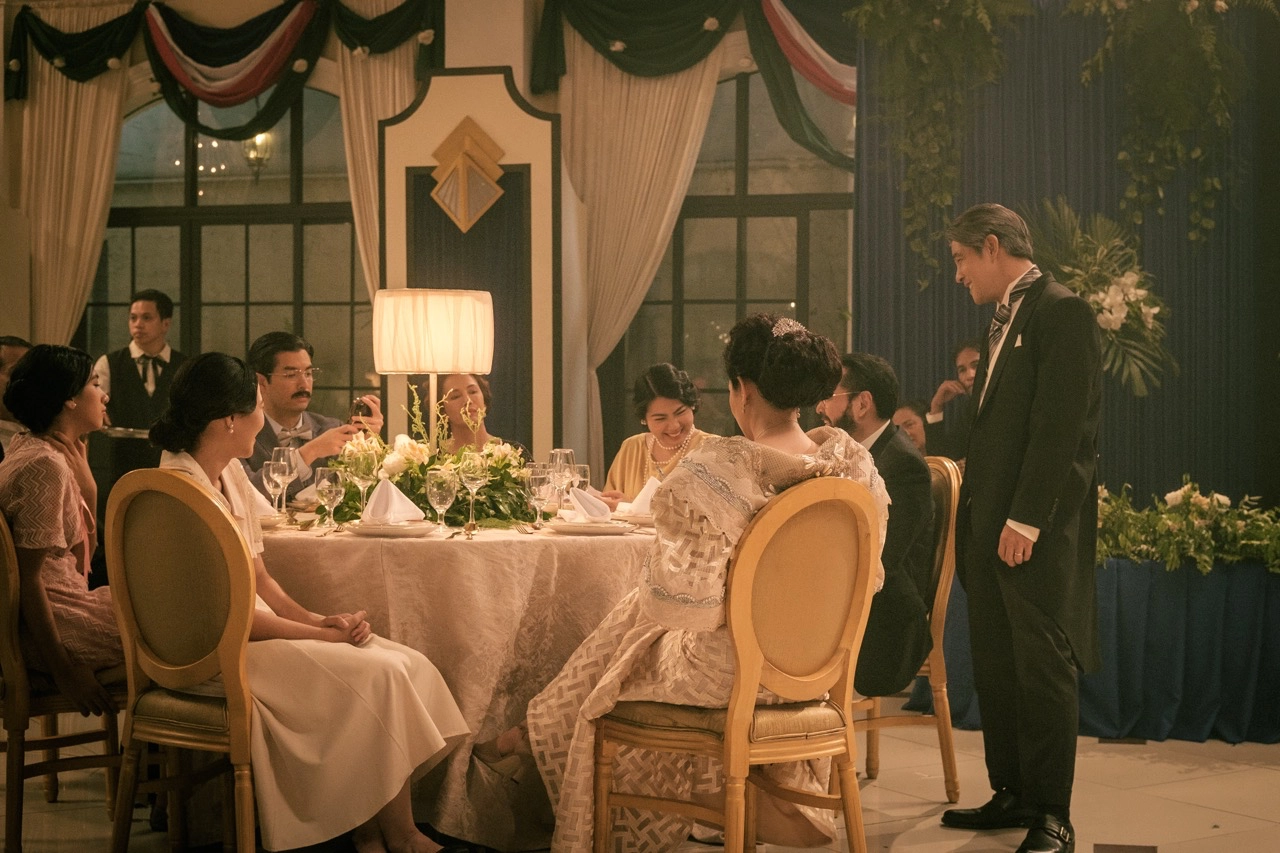
It’s funny because that particular scene was a prominent event, but there were no photos of it. Other parties, yes, the ones after Quezon became president. But before that, and for that event, there were none—I was kind of surprised, because you’d think such an important event would have records. But there were written accounts, so I based it on them. If you don’t have research on a particular event, you just gather information from parties that happened at the time, or things that happened before and after.
So I was able to focus on what I really wanted to make sure was seen—and [laughs] surprised, it was also lighting. I think a former governor general wrote, ‘It was a very well-lit event.’ So I made sure there were lights everywhere. What was also great is we shot this party in an actual event space. So it was really treated like a party. We rented out the tables, the chairs, the stage, the music and all that stuff, even the cutlery and goblets.
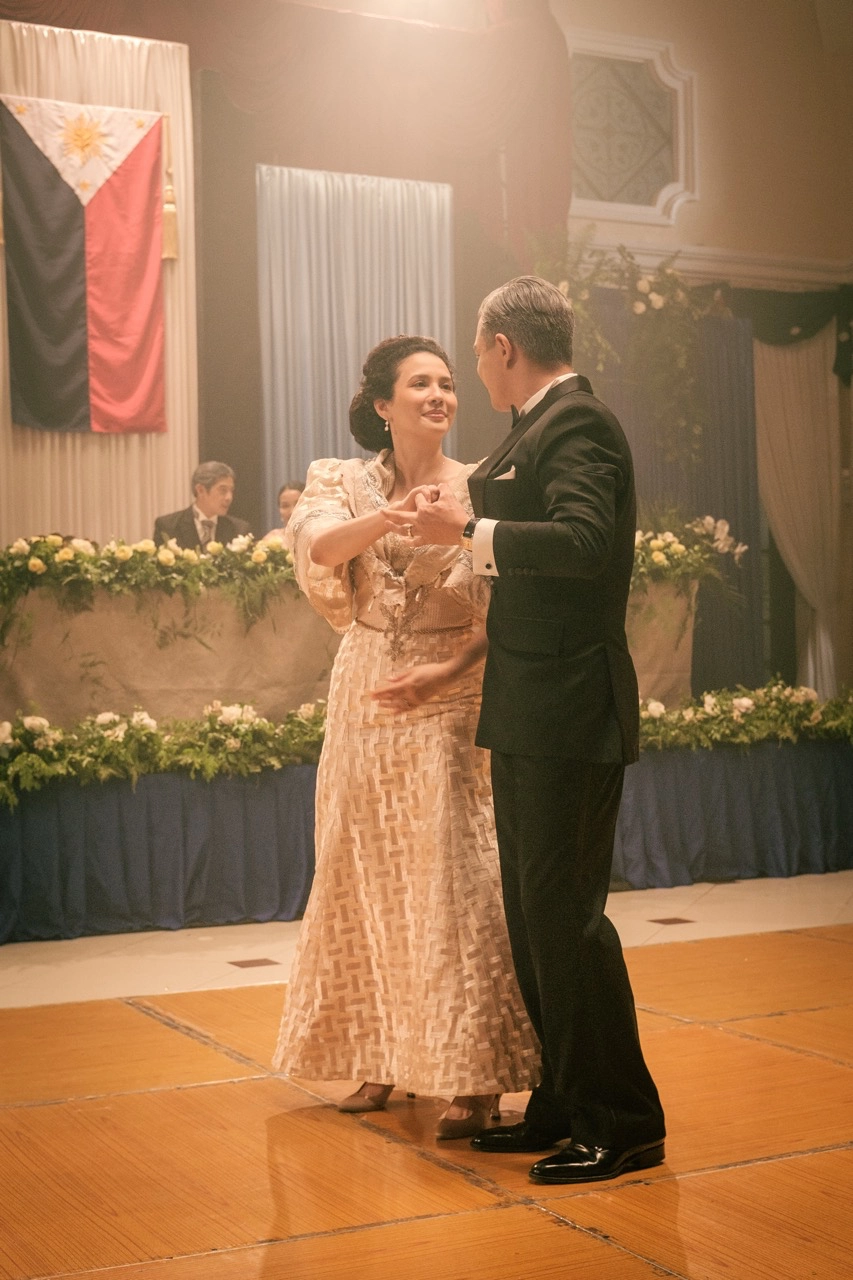
What, to you, were the most important set designs or locations in the film, without giving too much away?
Monica: Besides the party, there’s also the ayuntamiento [city hall], which we created elsewhere. We couldn’t use the existing space in Intramuros—they renovated it, but because it’s being used as a treasury right now, security is high and we couldn’t film there. The one we made doesn’t look exactly the same, but I think the atmosphere is there.
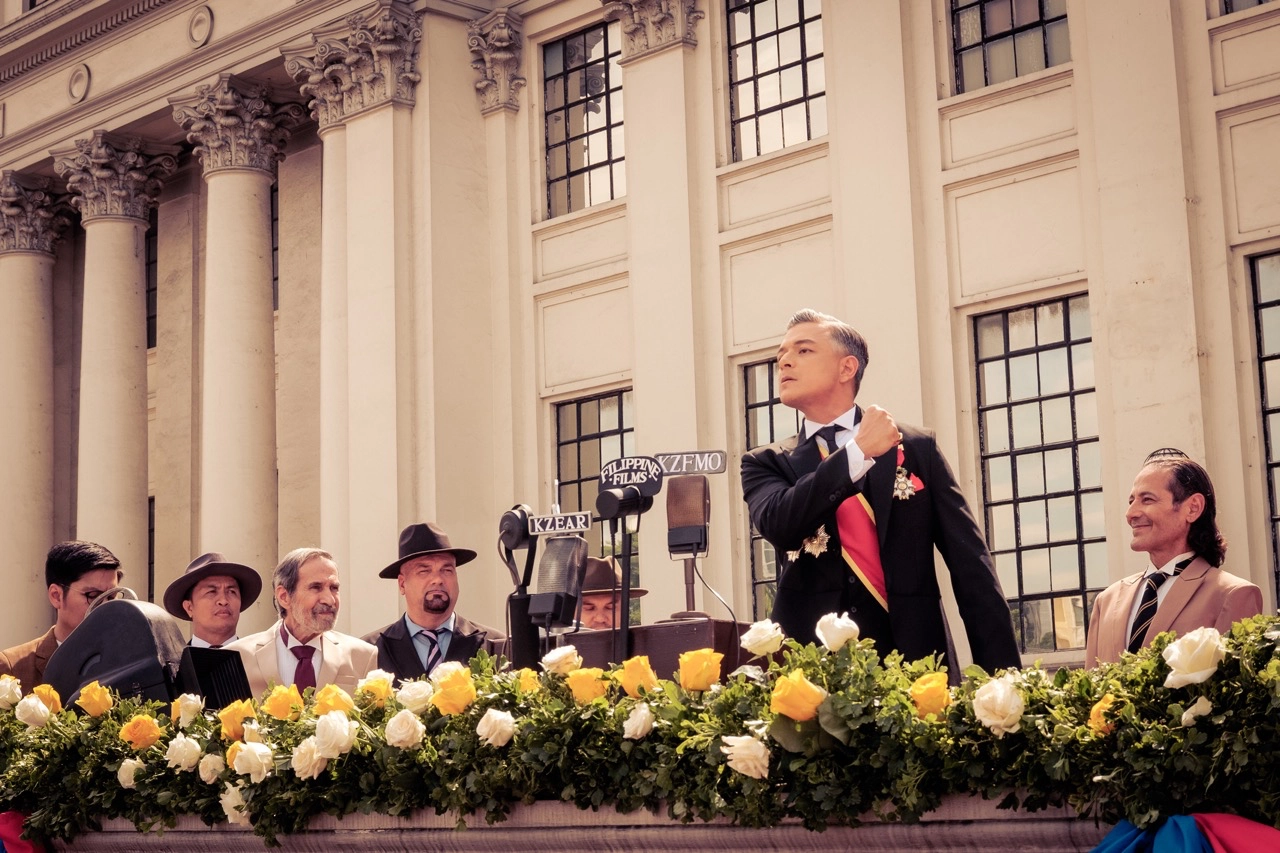
I think another important set is Joven Fernando’s office [Joven Fernando is a fictional journalist from the Bayani-verse films]. We see a lot of period houses recreated, not just through our films, but other films and TV shows. But I feel like we don’t actually see a lot of workplaces, like offices, similar to Hollywood films of the period with papers, wooden desks, typewriters—I think that’s important because it really sets the tone of the period.
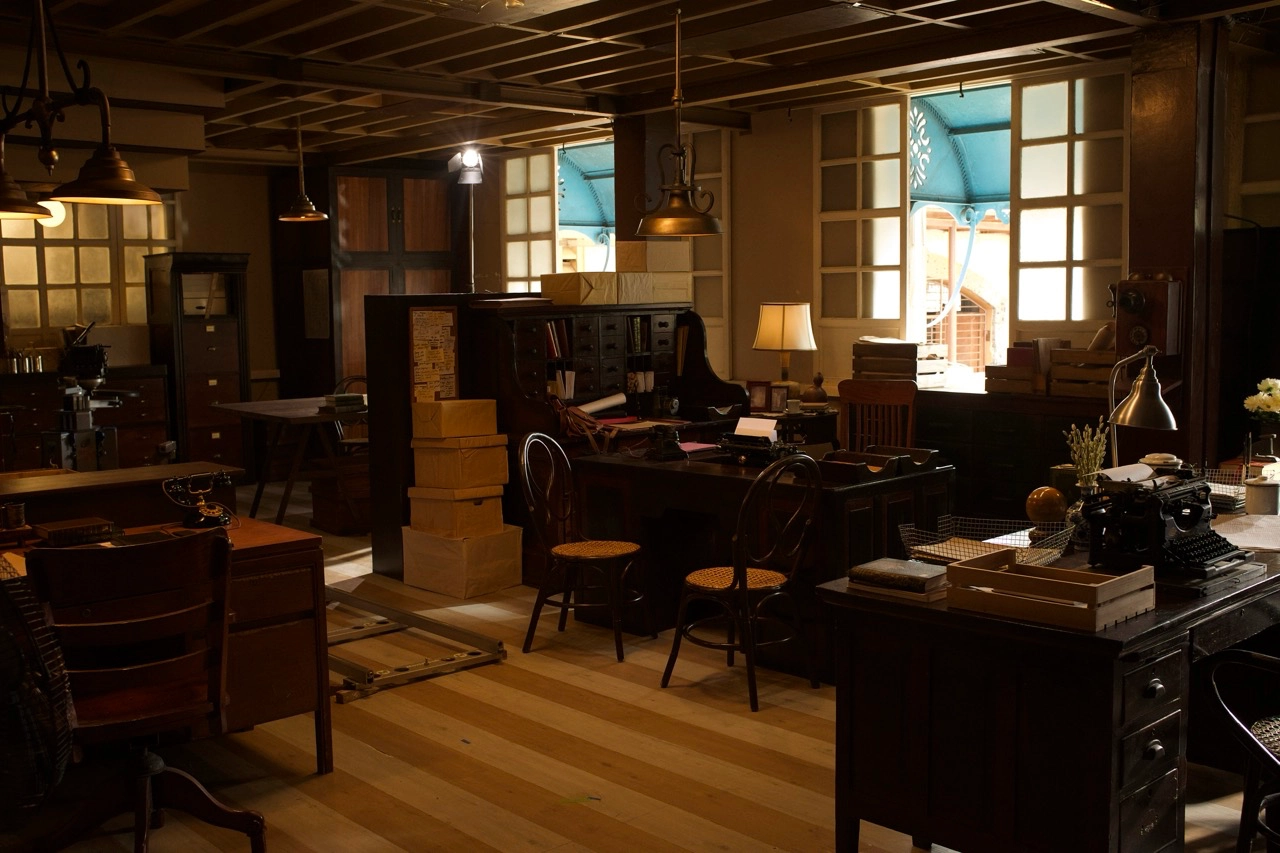
I would definitely include the campaign parades of the 1935 elections. We have Quezon and Aguinaldo [running against each other]. In the treatment, we had to compare the two. Quezon was really popular, so wherever he went, it was like a fiesta. Whereas Aguinaldo had mostly old people, you know, the veteranos [veterans], waiting for him in the parades. Set-wise, we had to make a fiesta parade, and then another that was more like a ghost town, kind of empty. I think those were really good sets because we were able to compare the two contenders for president.
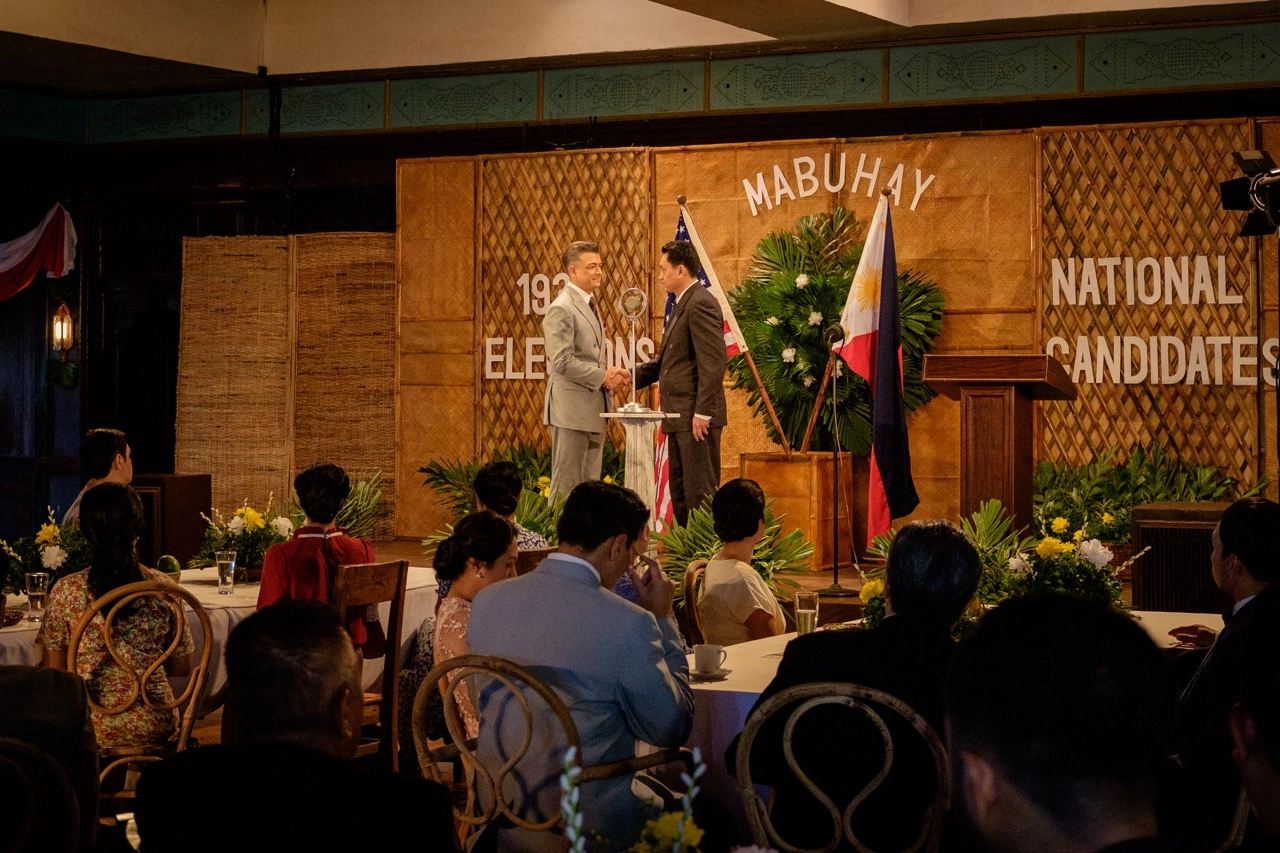
Finally, there’s the cinema [Cine Hernando]. An older Joven Fernando [who’s now running a newspaper of his own in Quezon] has a daughter named Nadia Hernando, and she’s a filmmaker. [Film was an emerging industry in the 1930s]. She represents not only the youth, but also the role of film and artists, tied with politics and governance.
The cinema is actually a school auditorium that looks like a theater. While some things are inaccurate, like we kept the projection room open—but during those days, projectors were so hot, they had to contain them in a closed room. We built the projector from scratch, since we couldn’t find one that still exists. That’s one of my pride and joys, I’m really happy with how that projector turned out.
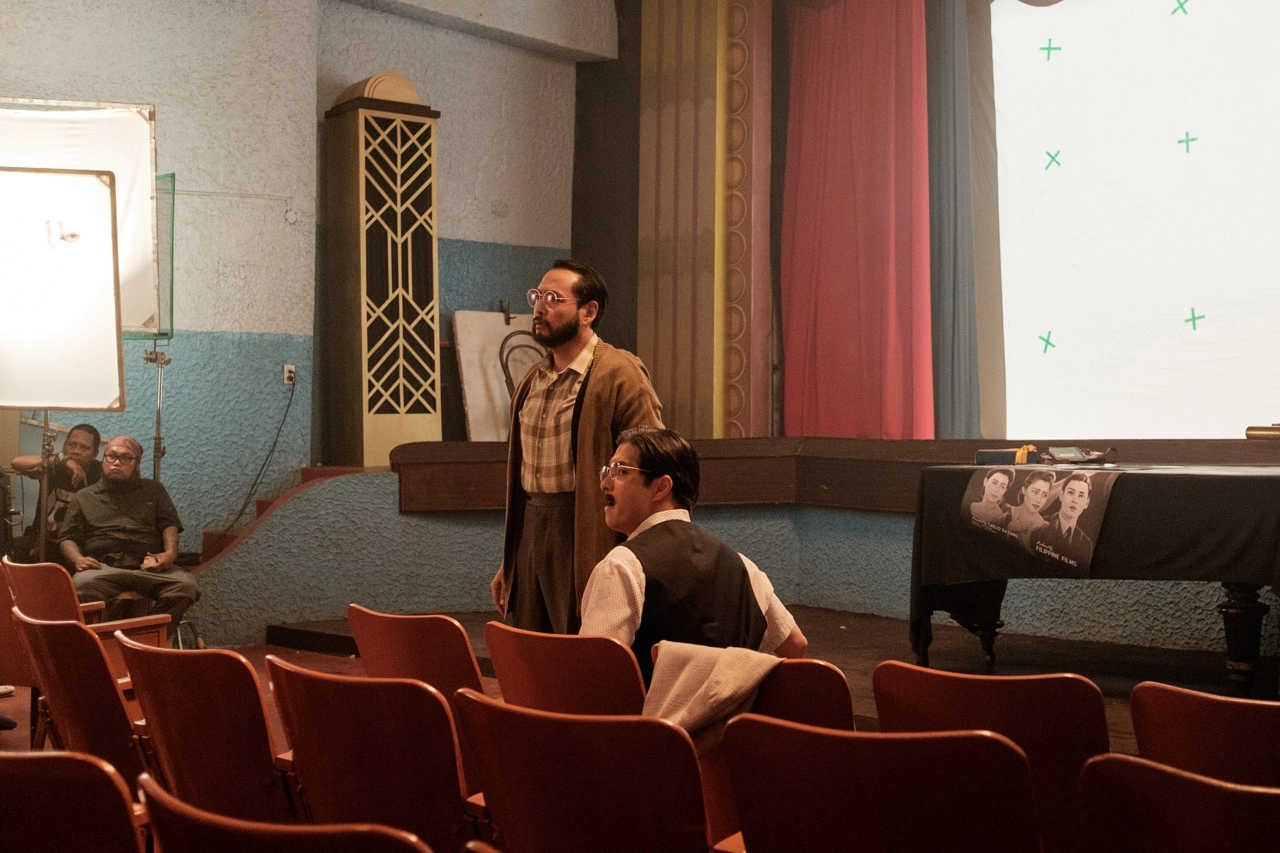
What are the challenges of recreating this particular period of history? For instance, when certain objects or elements might not be readily available for use, how do you usually tackle the problem?
Monica: Building [the props and sets] from scratch was actually one of the only options. But we also couldn’t build everything due to time constraints. Though, surprisingly, you do find a lot of stuff on Facebook Marketplace and Carousell. [laughs] You find gems. And since these things run on algorithms, when I was searching for vintage pieces like “lamps,” “1930s desks,” and all that, I’d get suggested posts of items related to that period already, even when we’re not actively looking for them.
But even when it comes to restoring these items, we don’t have all the time in the world. We had to be smart about these purchases and what we were going to mock-up, since we needed to focus on finishing.
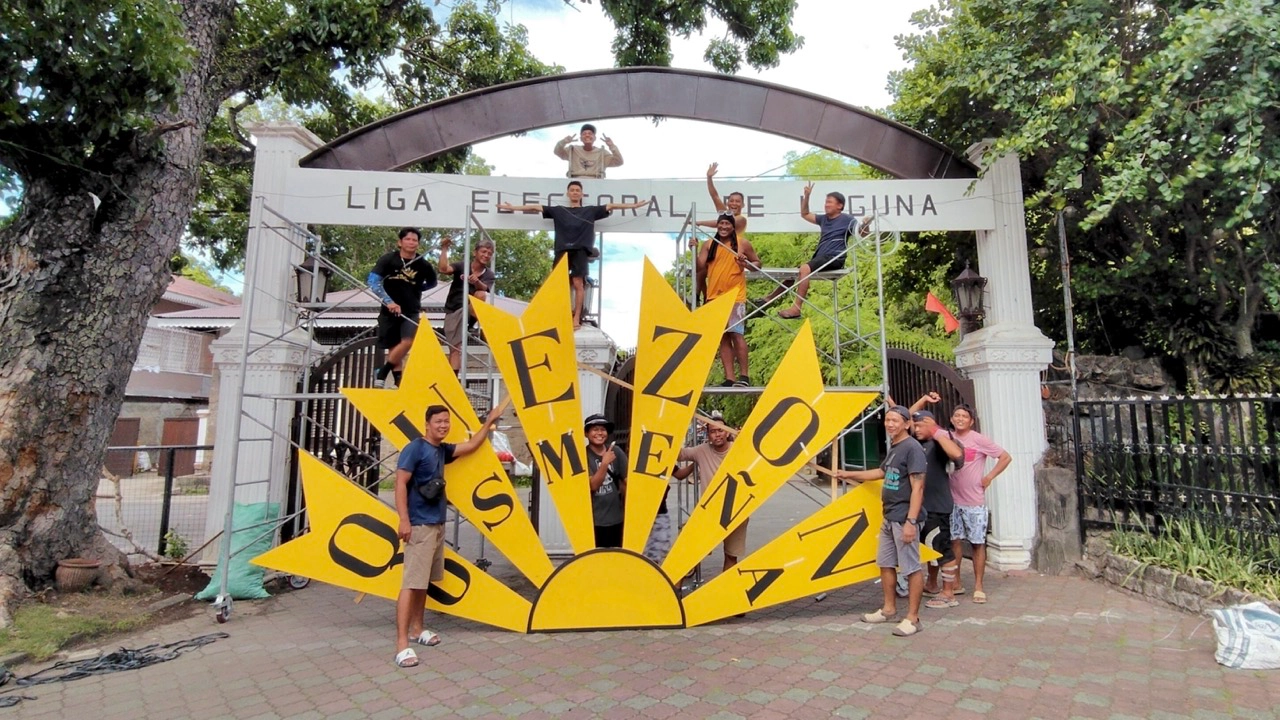
What are the most important things to keep in mind when you’re designing a set of a historical drama like this one?
Monica: I always have three “bibles” with me. The first being the script: that’s the usual for any filmmaker. You have to stick to the story, no matter what, because your design is based on it. Then, I think more importantly, especially for this film, there’s research. That’s the most solid foundation for your decisions. I mean, not everything can be planned from start to finish; there were so many times when I was made to decide on the spot. But because I had researched, I’m able to decide on what’s most appropriate.
Finally, there’s a design treatment, meaning the colors or mood that you want to show. It’s the treatment I discuss with my colleagues, our cinematographer Pong Ignacio, and director Jerrold Tarog. Having that—and never forgetting that you have that—makes the designing easier, in a sense. “Easier” in that you have something to latch onto; even when people have different takes or perspectives, you have that to ground you throughout the process.
And as I mentioned, you can’t recreate them all. So it’s important to have a wishlist or list of “must-haves.” I feel like it also helps as a way of manifestation [laughs]. Even if some of them looked difficult to acquire, somehow, they found their way into the set—because I had that list. Finally, you need acceptance. Accepting that you need to adapt, that you can’t have something, that people might be mad about a creative decision. If I keep thinking about what people will think, I won’t be able to move forward. It’s a very good, empowering thing to do.
What do you hope audiences will pick up on or remember most when they see the sets come to life on the silver screen?
I just want audiences to see that we can create worlds like these. I’m not saying we haven’t been doing a good job making period films, but obviously, it’s hard. When we were doing Heneral Luna, our joke among ourselves was ‘No one is going to watch this, it’s going straight to DVD.’ So it was such a surprise when it did really well. My point is, we can make films like these.
I want them to remember that history is glorious—there are so many stories in our past to pick out. We shouldn’t forget them, and it’s nice to go back to these stories: to remember their lessons and apply them.
And dreams do come true. I’ve always thought of these kinds of films as magical. It’s a different world you’re creating. Who would’ve thought that I, a fan of Gladiator growing up, would get to work on something like this. I did say, when I was a kid, that I’d always wanted to do a period war film—and here I am, doing it. For audiences who want to do something this creative, just know that it can happen.
Photos courtesy of TBA Studios and Monica Sebial.
